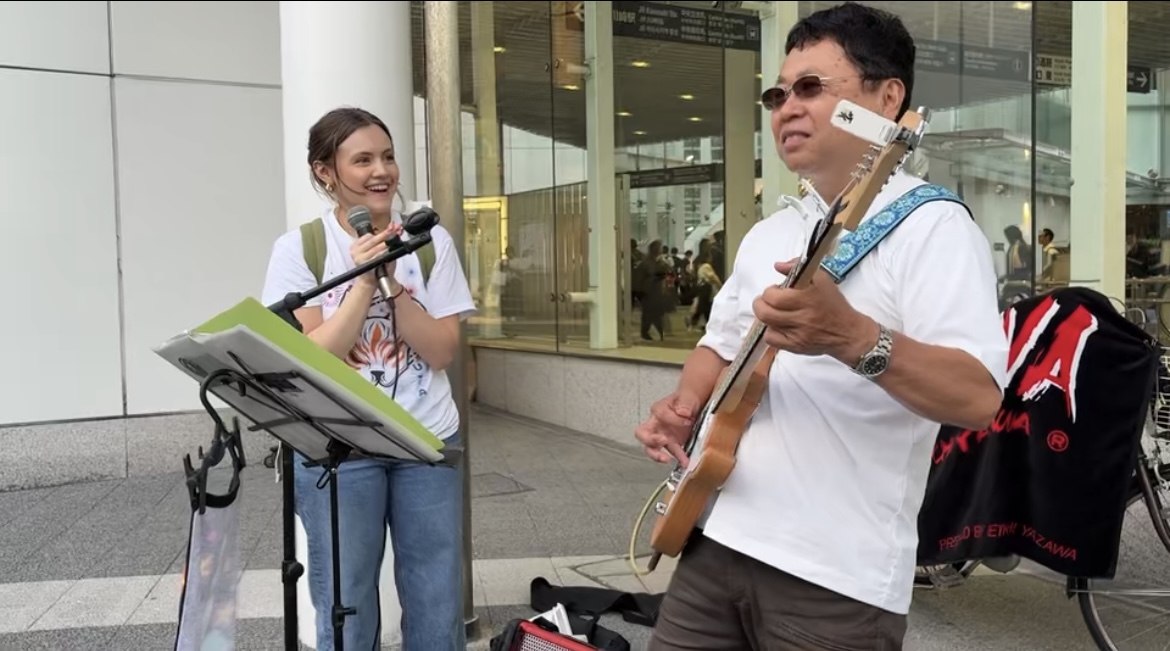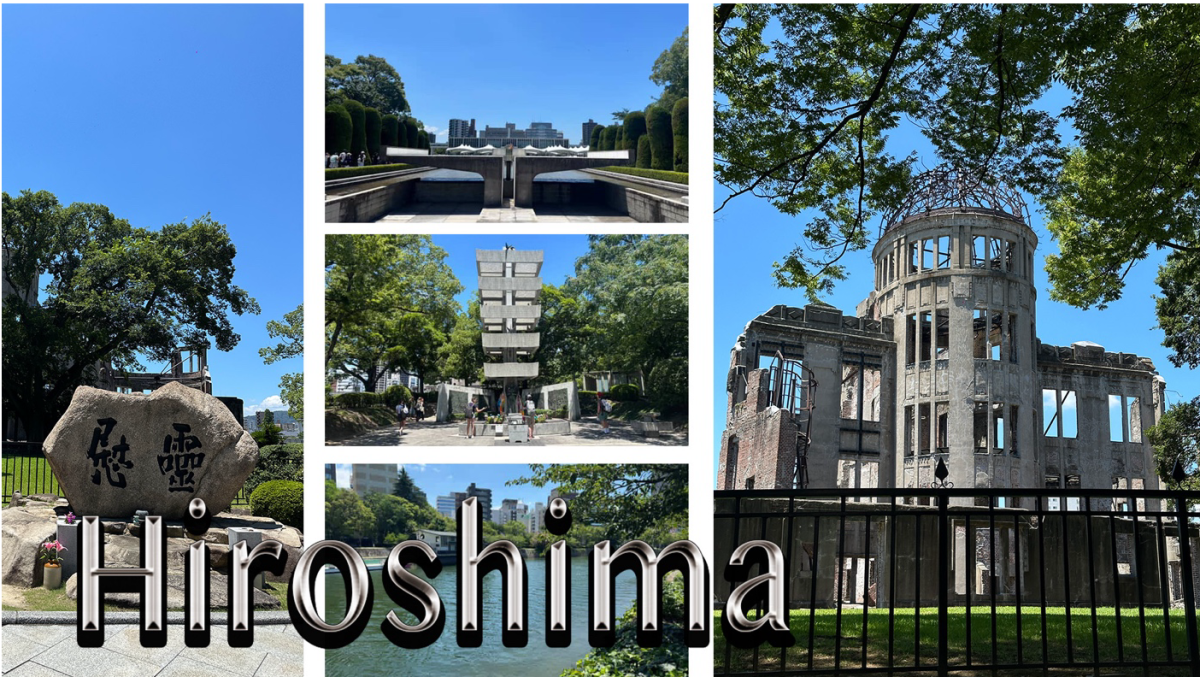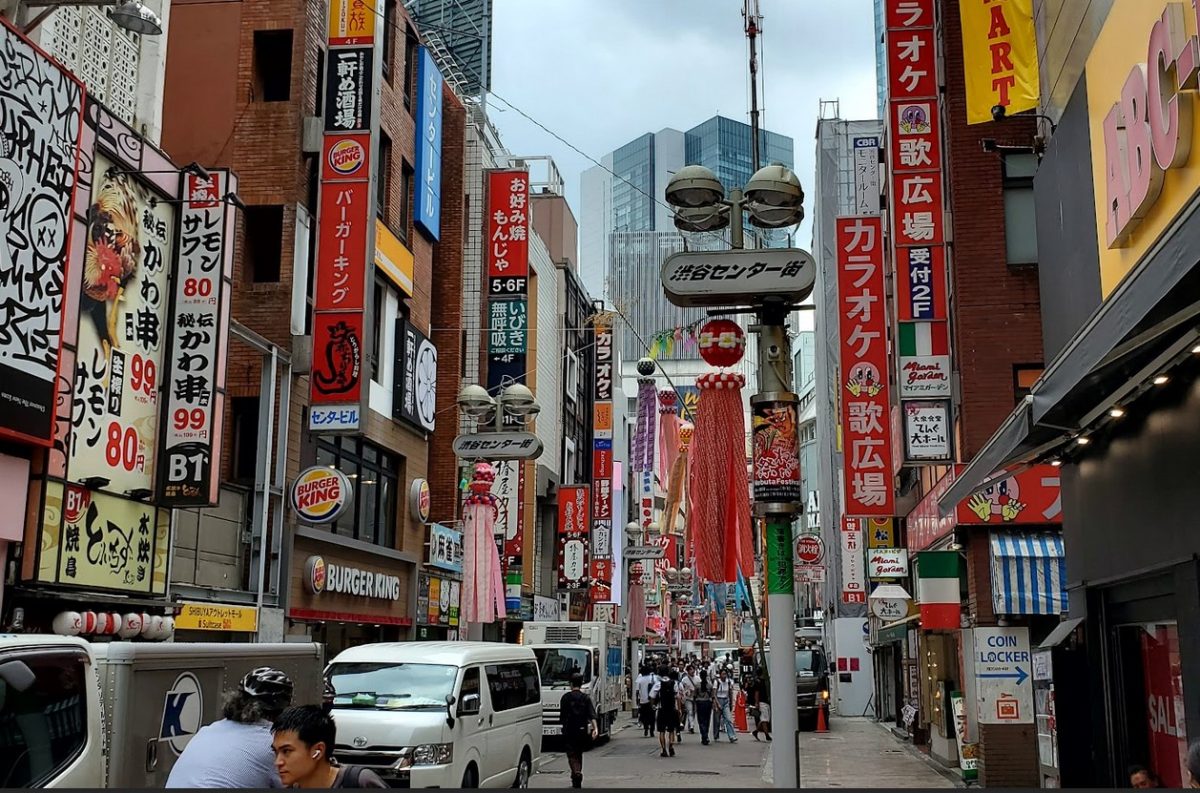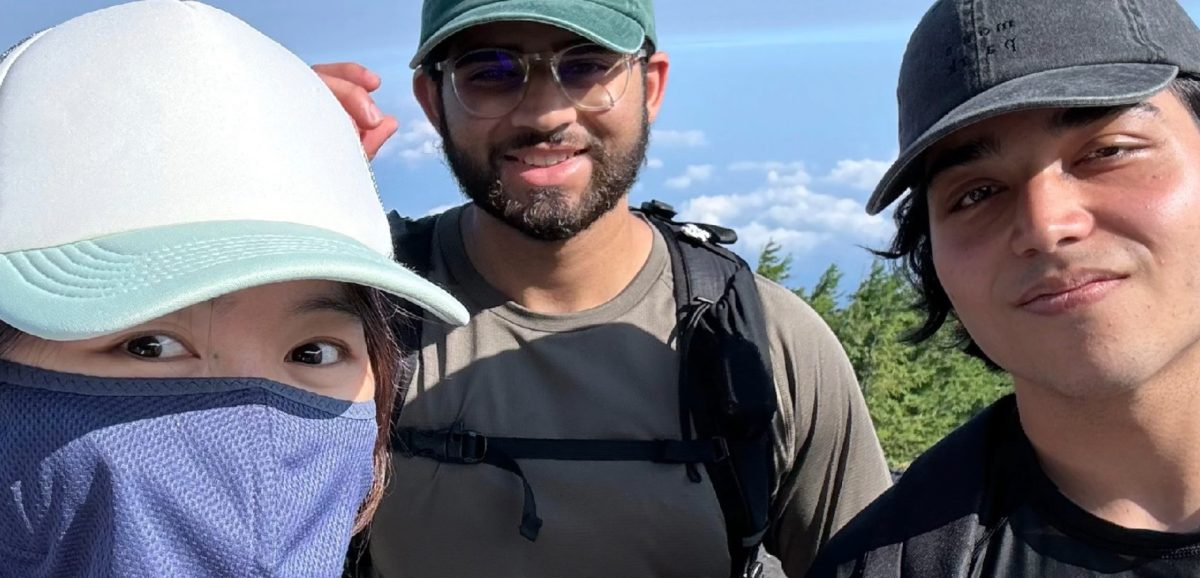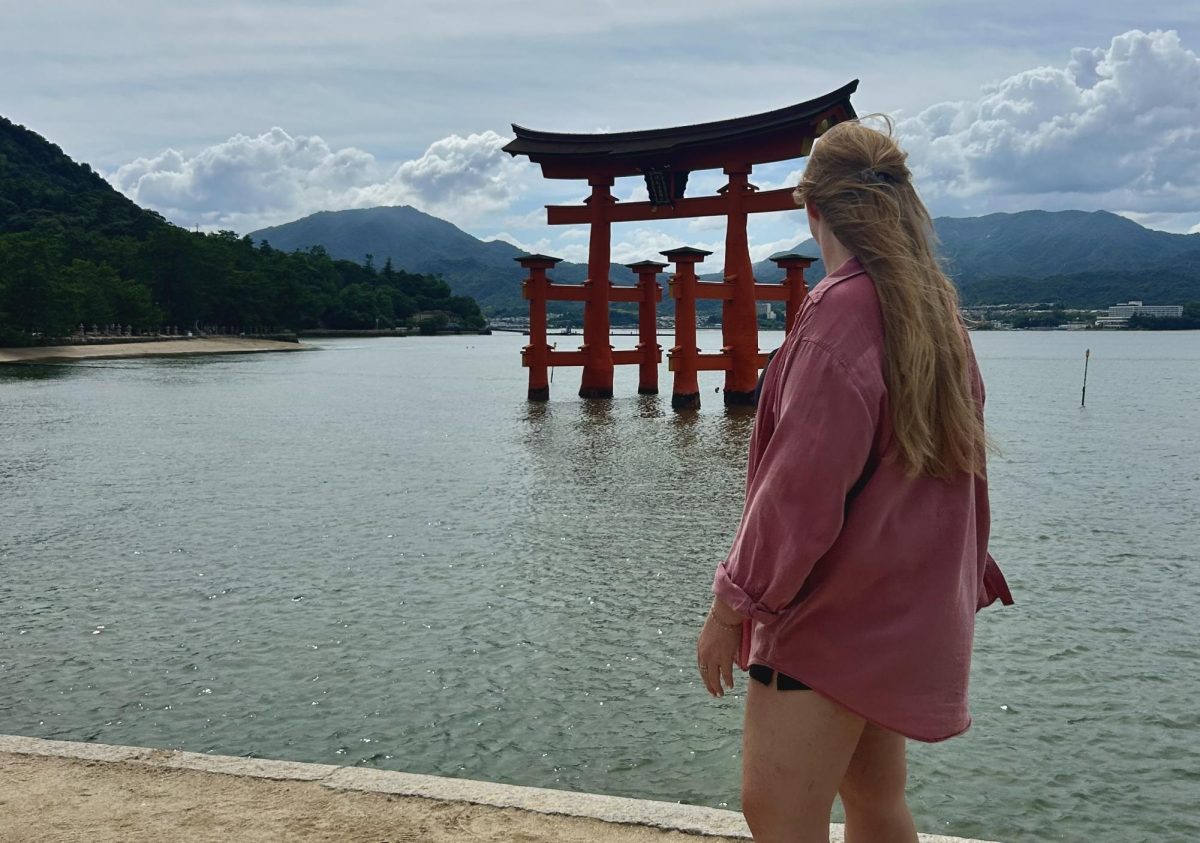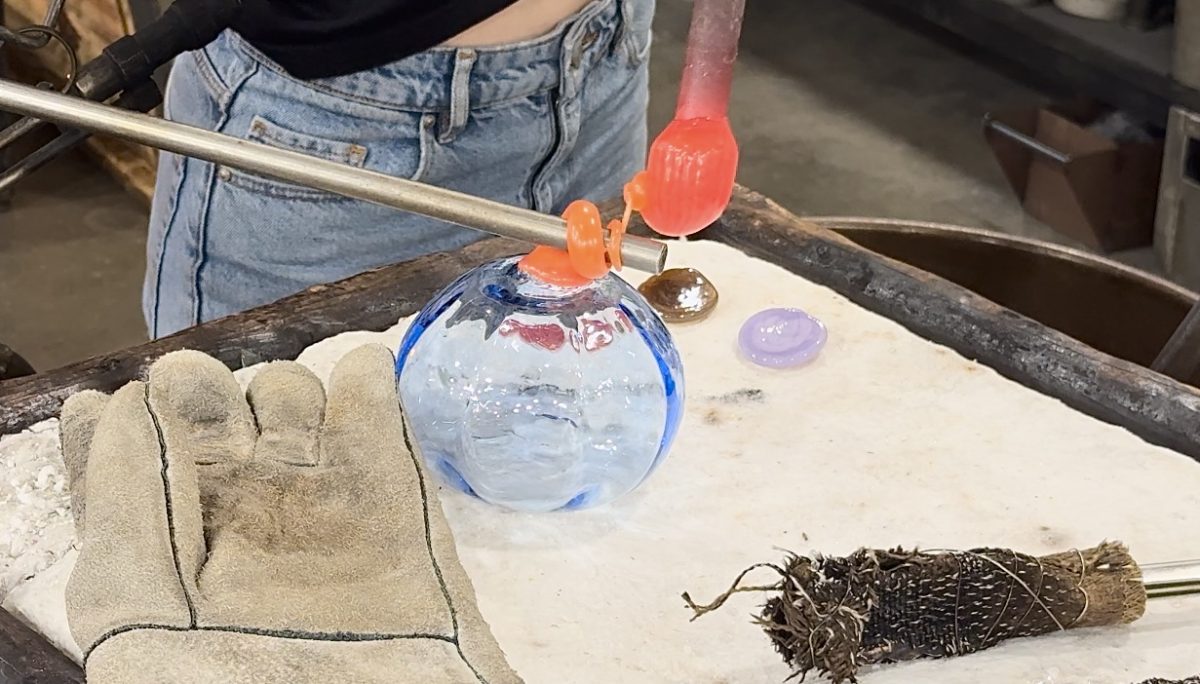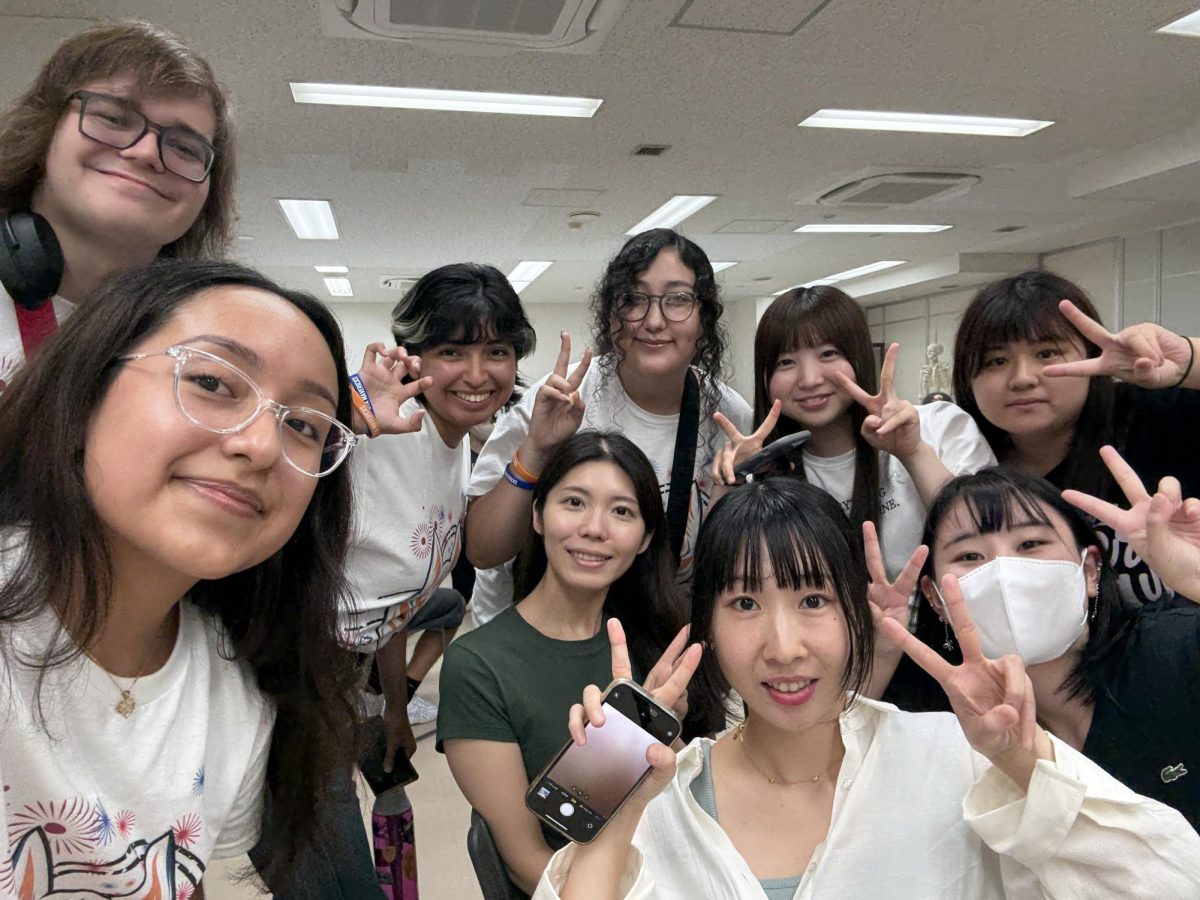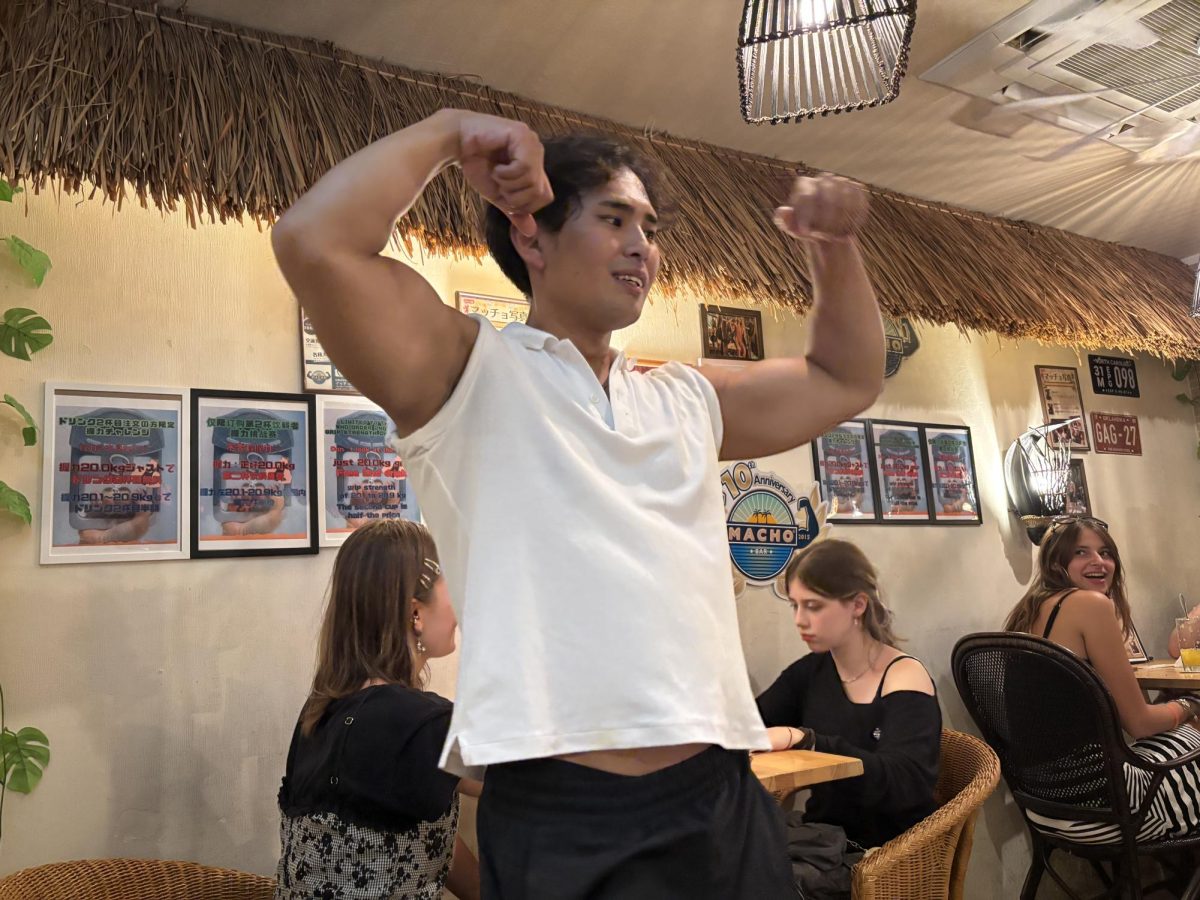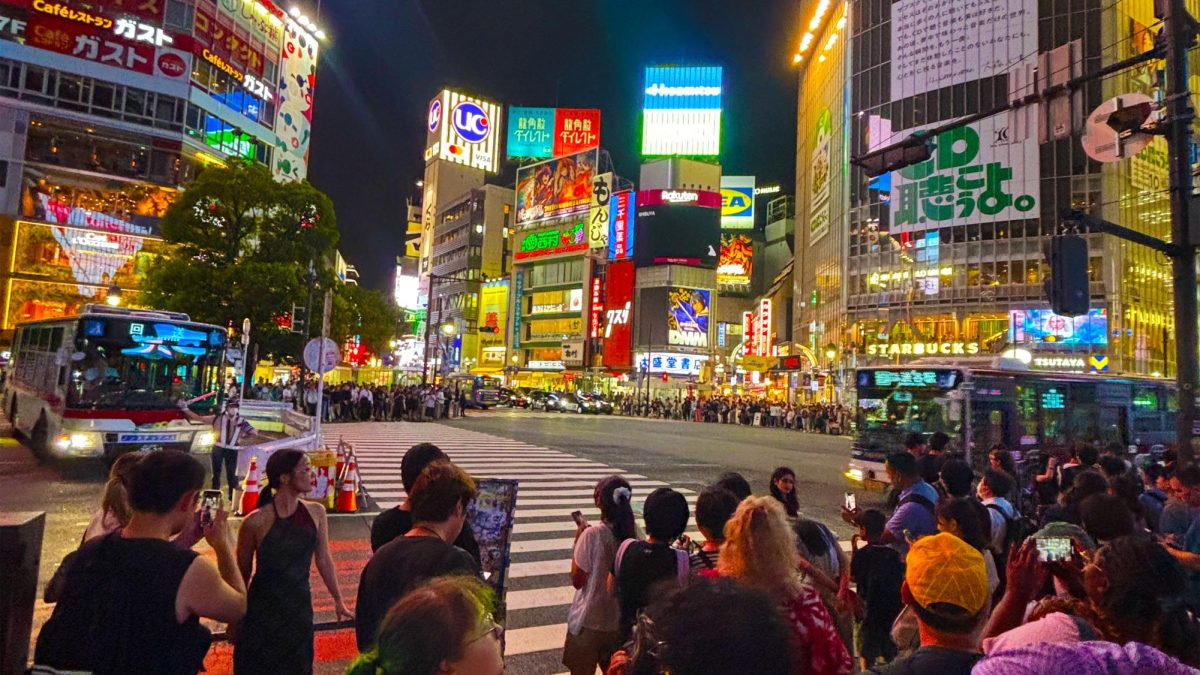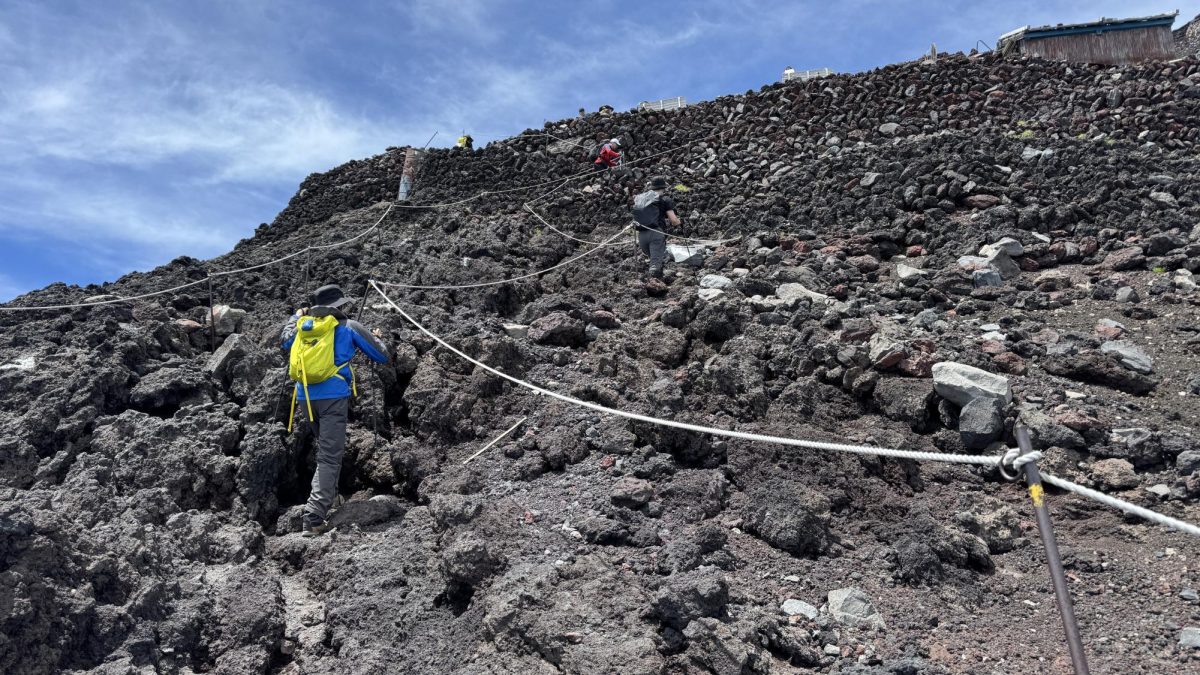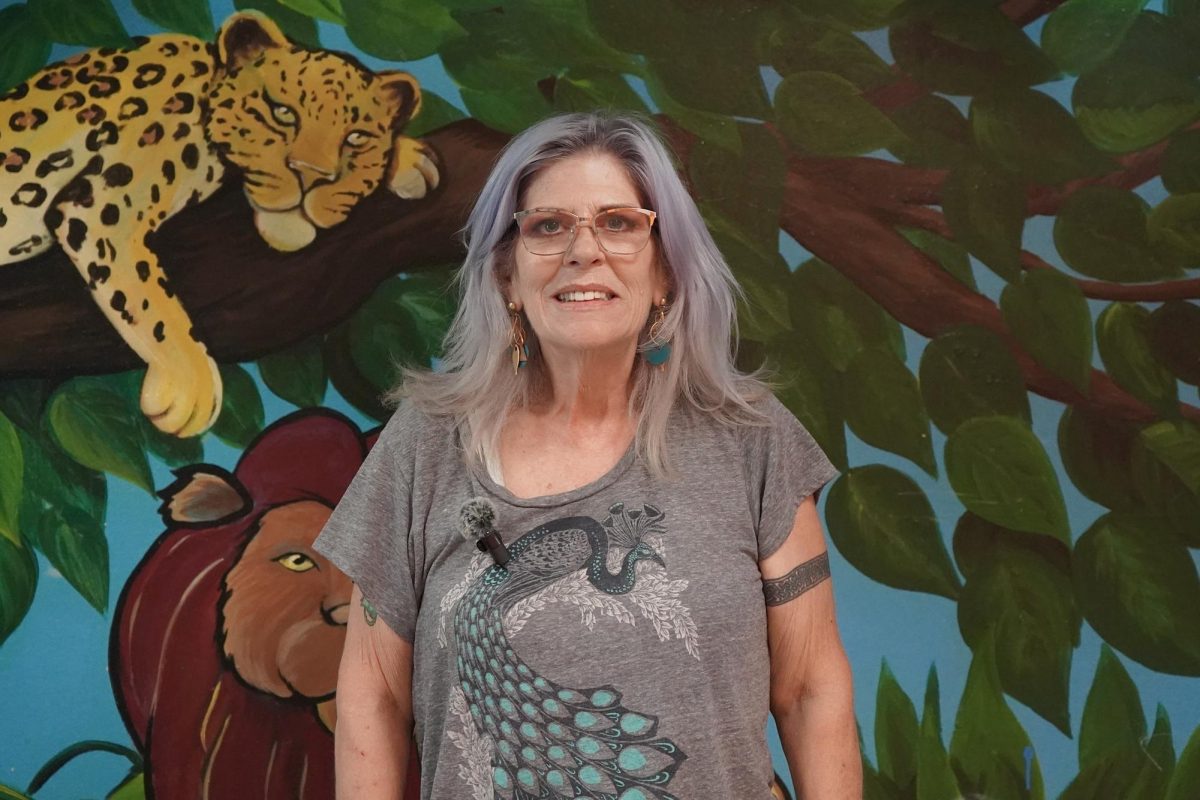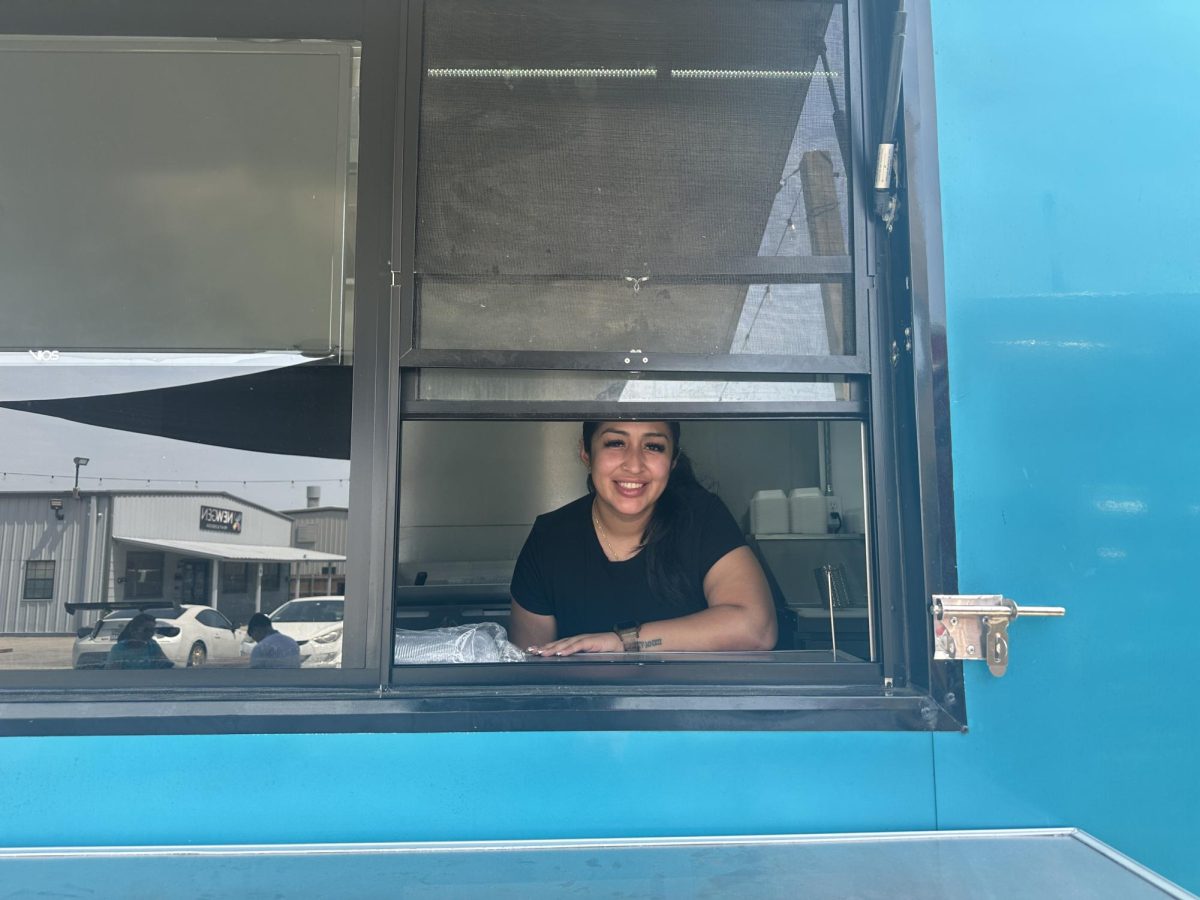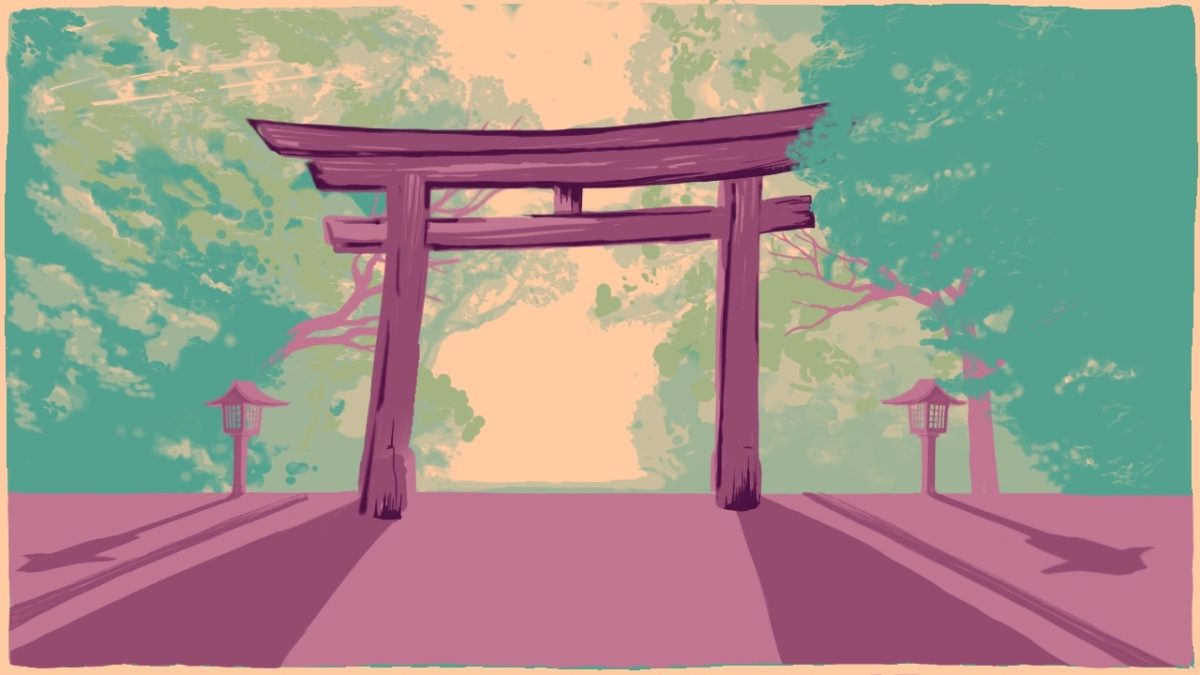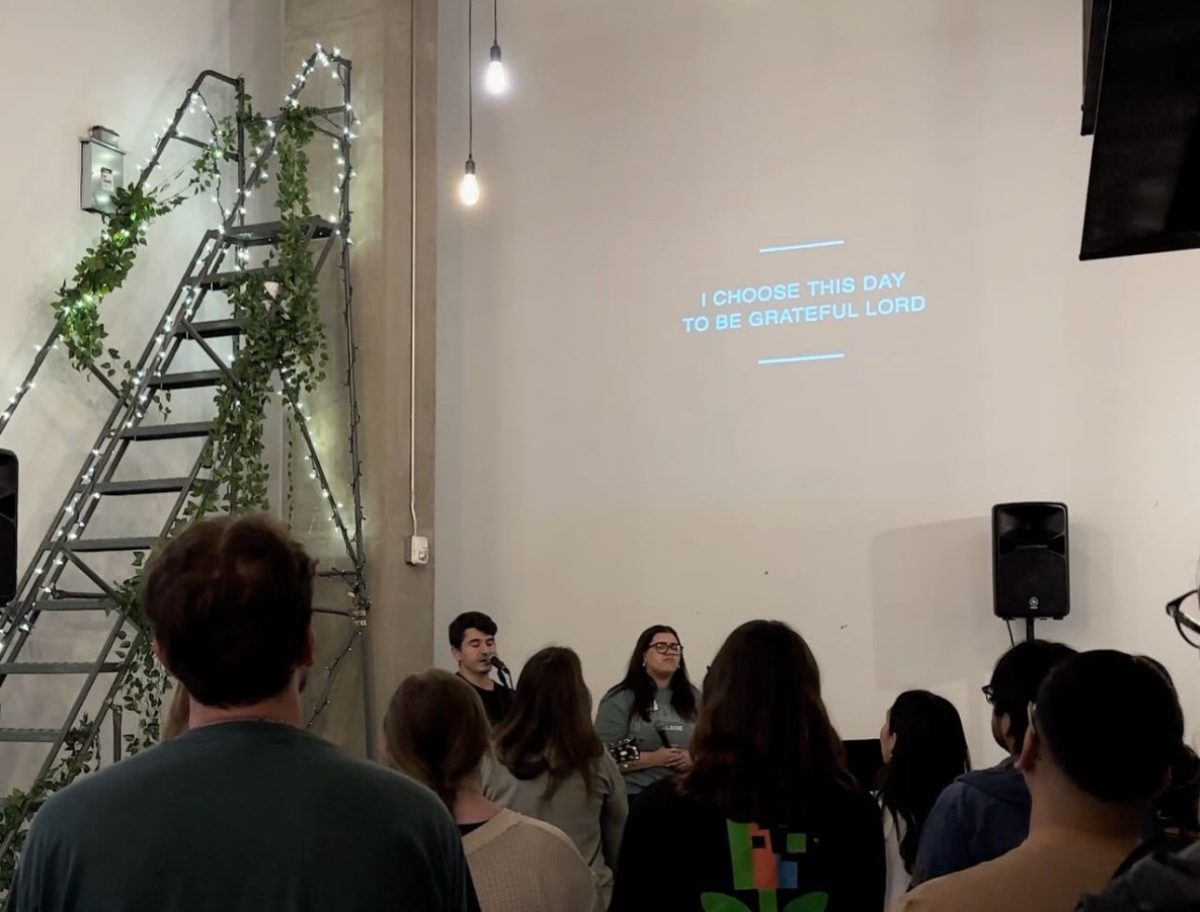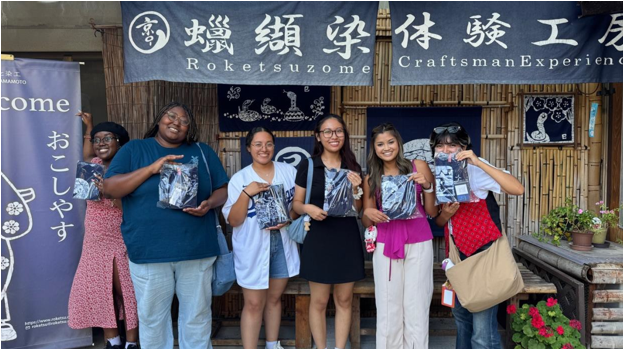KYOTO, Japan—When planning out my time in Kyoto, I expected to go café hopping in search of the best matcha, visiting temples and observing the Gion festival.
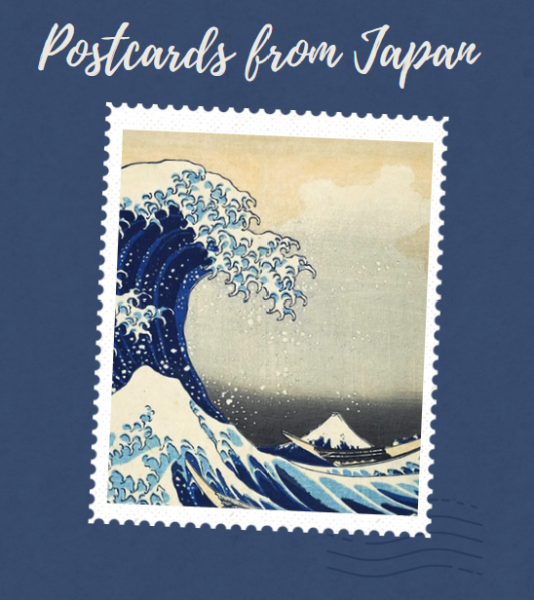
When I learned of an opportunity to take a course in a century’s old art form, I felt unprepared. But my worries faded away as soon as I sat down and dipped by brush in the boiling pot of hot wax and began tracing my design onto a white tote bag.
Picking a design
Our destination of Roketsu Dyeing Studio Yamamoto is nestled in the middle of a quiet neighborhood about 30 minutes away from our hotel. As soon as we entered the workshop, we were met by the smell of melting wax and walls lined with indigo dyed tapestries and posters. Each piece of fabric hung had its own unique designs, like bamboo, cats, clouds and cartoon characters.
A middle-aged man who turned out to be our sensei, or teacher, and what appeared to be his mother greeted us when we entered through the sliding doors. Little explanation was needed as sensei immediately led us to the back of the store to have us pick out our designs for the day. After debating between hundreds of design options ranging from flowers to clouds to animals, I decided on my favorite childhood cartoon characters: Doraemon, the blue robot cat from the future, and Totoro, the giant, friendly forest spirit.
After deciding on our designs, we were then led to the tables to start creating our own masterpieces.
Initial frustrations
On a small, white tote bag, I began tracing my designs with melted wax. I soon came to realize that this wasn’t as easy as it looked. My hands were not used to the wooden brush, and I ended up putting too much pressure on parts of my artwork. The shaky lines mixed with light and dark lines overtook my bag.
Ba-chan and sensei came around to check on our progress and warmly admire our art. They also pointed out places in our designs that needed extra coating. Tracing the hot wax took some practice, but after a few tries and guidance, I began to confidently bring my art to life.
After receiving a nod of approval from both teachers, I felt a flood of anticipation as sensei began to collect our fabric that now contained our finished artwork and took us to the opposite end of the room to begin the dyeing process. We donned aprons, gloves and boots to prevent stains on our clothes and body. The fabrics were then dunked into a vat of dark blue liquid. Once they were sufficiently soaked for a period, Sensei then took over for the final steps to remove the hardened wax and rinse the bags of excess dye.
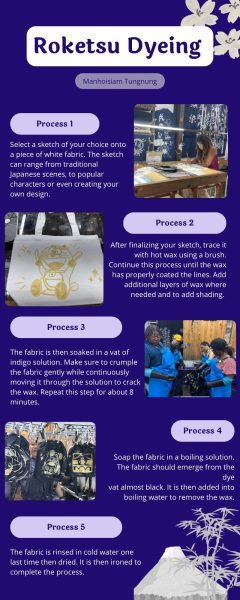
An ancient art form comes to life
When the finished product was presented to us, I felt thrilled and satisfied with the result. The bag had flaws with some of the lines being thinner or thicker than other parts, but even so, it was my masterpiece that I had worked hard to bring to life.
Roketsu, also known as indigo or wax-resist dyeing, is one of Kyoto’s traditional textiles dyeing methods where wax is applied on a cotton fabric. When the fabric is soaked in dye, the areas covered in wax resist coloring and remain white. Our process was simplified into five easy steps, but the traditional method needs more than 20 steps before completion.
The process itself was somewhat therapeutic due to its repetitive nature. Dipping a brush into the hot wax, drawing with care, applying a second coat before dipping into dye all put me in a meditative state. Indigo dyeing from start to finish demanded patience, creativity and reverence.
As I left the store still smelling of wax and dye carrying my new tote bag in a clear plastic bag, I came to now appreciate a new form of Japan’s art history.






